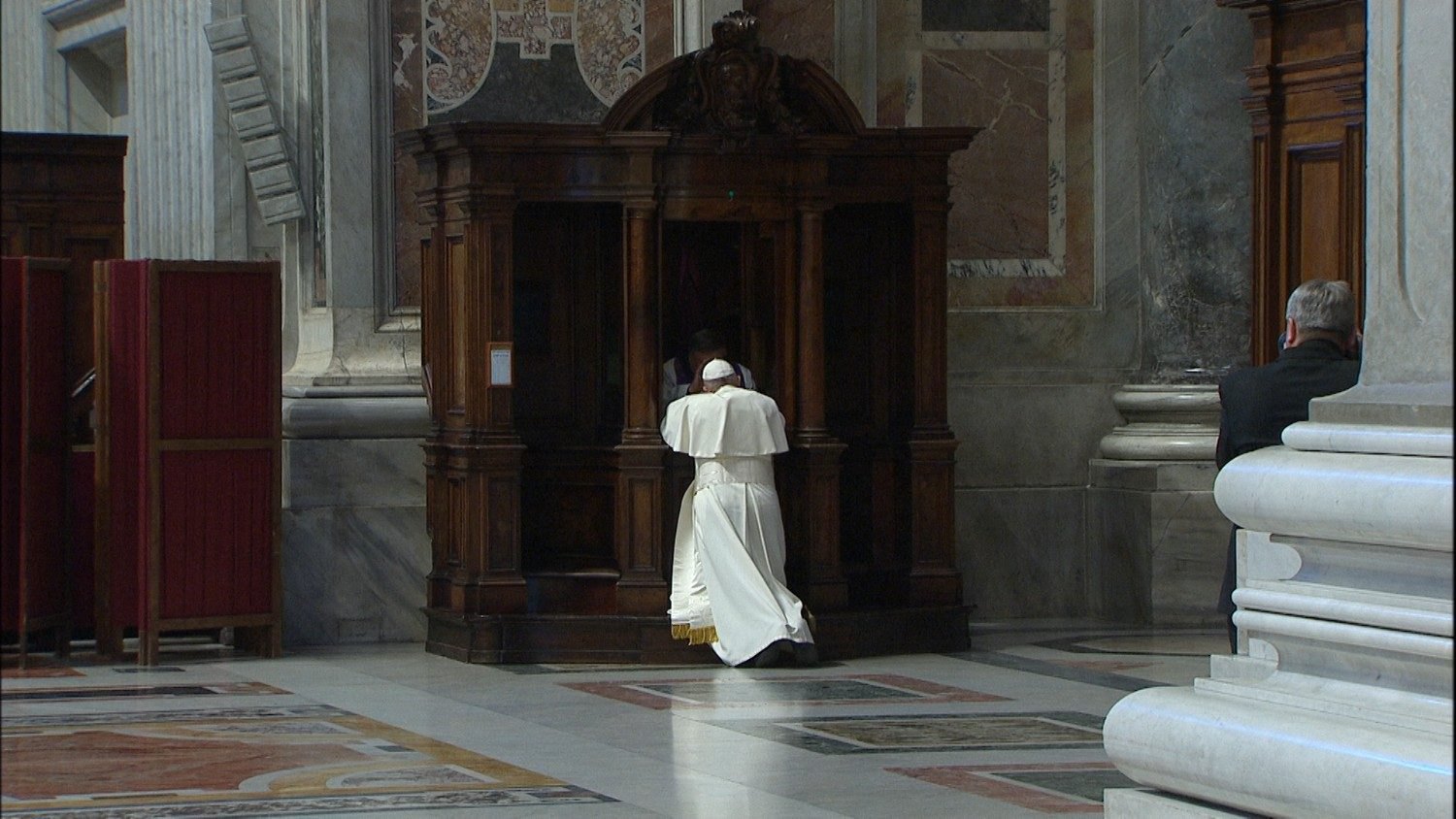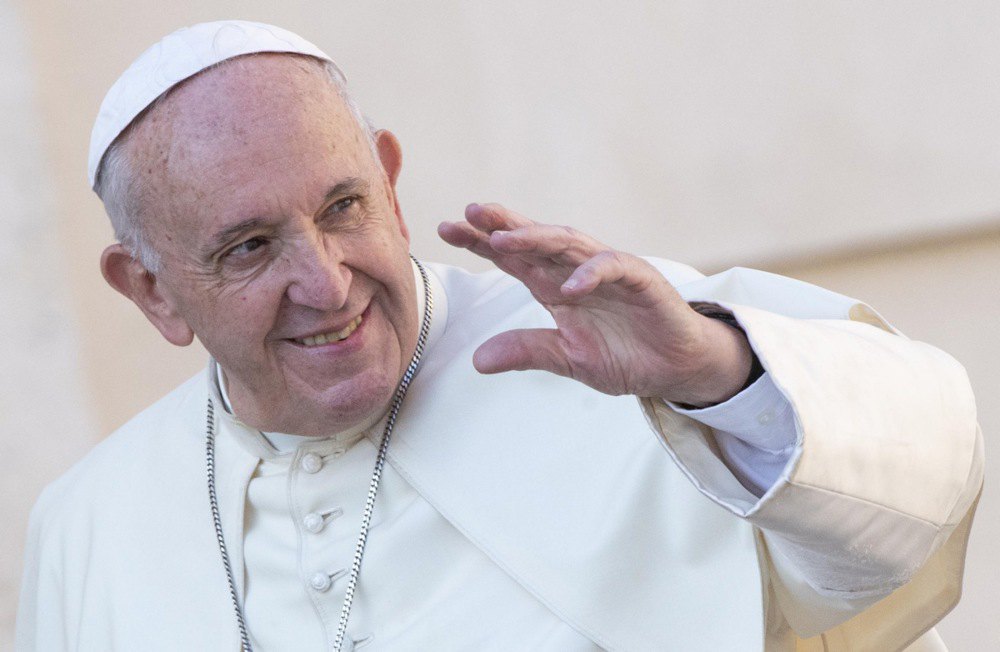
To be like St Francis – serving the poor and preaching to the birds
Jorge Mario Bergoglio was born on 17 December 1936 in Buenos Aires. He was the eldest of five children in the family of Italian immigrant Mario Bergoglio, a railway worker, and Regina Maria Sivori, a homemaker.
Jorge studied chemistry and began working early to support his family. At 19, he entered the seminary, and three years later, the novitiate at a Society of Jesus (Jesuit) monastery in Chile, where he took his first vows.
Soon afterwards, he returned to Buenos Aires and completed his philosophy degree at San Giuseppe College in 1963.
At 33, he was ordained a priest. At 37, he took his life vows as a Jesuit and soon became head of the order’s province in Argentina.
During this period, a military coup led by General Jorge Rafael Videla took place. Thousands of people disappeared under the regime. After the junta’s fall, Bergoglio, by then an influential cleric, was accused of inaction – of failing to protect people, including fellow priests. In truth, he had little power to intervene. Yet, he helped set up a secret network to help those persecuted by the junta flee to Brazil. Later, he testified in court regarding crimes against humanity.
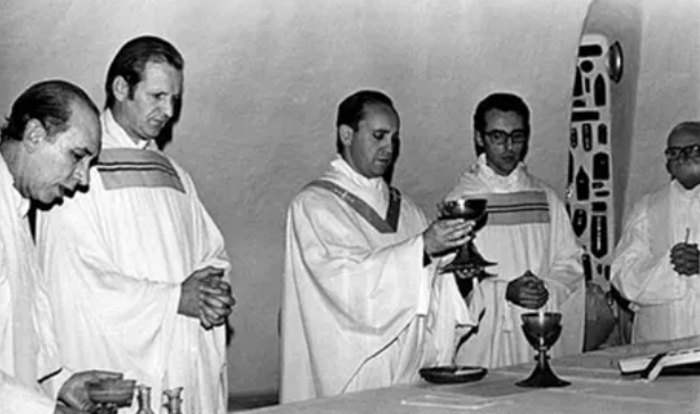
On 20 May 1992, Pope John Paul II appointed him titular bishop of Auca and auxiliary bishop of Buenos Aires. He was later made the ruling bishop. On 21 February 2001, he was elevated to cardinal with the title of San Roberto Bellarmino.
After John Paul II’s death, Bergoglio participated in the conclave and was seen as a possible successor. However, the cardinals elected European Joseph Ratzinger – Pope Benedict XVI.
In February 2013, Pope Benedict XVI announced his resignation, an extraordinary moment in modern Church history. The conclave met for two days and chose an Argentine. In his first address, Francis quipped that the cardinals had gone “almost to the ends of the earth” to find a new pope. For the first time in over a millennium, a non-European became pope – and for the first time, a Jesuit. He chose the name Francis in honour of St Francis of Assisi, the ascetic who served the poor, cared for lepers, and preached to birds and flowers.
Washing the feet of prisoners, inviting the homeless to the anniversary
Known for his simplicity, Bergoglio lived modestly in Argentina, cooked his own meals, declined a chauffeur, and used public transport.
Cardinal Konrad Krajewski, the Pope’s almoner and prefect of the Dicastery for the Service of Charity, recalls that Francis defied protocol from his very first day. When the conclave ended, Francis refused the papal garments prepared for him and sat in the last pew of the chapel rather than on the ornate throne. Then, emerging onto St Peter’s Square, he asked the crowd for their blessing and prayers.

Afterwards, he declined the papal Mercedes and rode the bus with the other cardinals. He later chose to live in the simple Vatican guesthouse, St Martha’s, rather than the Apostolic Palace.
As a true Argentine, he loved opera, tango, and football – supporting San Lorenzo de Almagro. Yet he refused to watch TV and learned match results from his bodyguards.
Francis was fluent in Spanish, Italian, and German, and had good knowledge of English, French, and Portuguese. It was said he understood Russian, though he never advertised it.

His encyclicals focused on faith as a divine gift and environmental stewardship. He frequently addressed poverty and migration in his writings. Under his papacy, the Vatican offered showers, laundry services, and haircuts to the homeless living near St Peter’s.
On Holy Thursdays, he often visited prisons and shelters, washing and kissing the feet of prisoners, migrants, and the homeless. On his 80th birthday, he invited eight homeless people to breakfast at St Martha’s House. “To care for the vulnerable,” he said, “is to care for the Lord.”
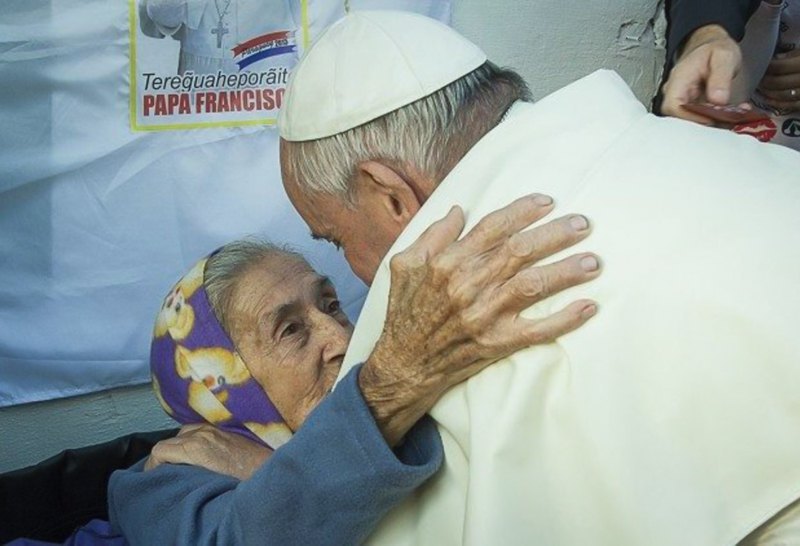
He supported strict pandemic safety measures, publicly received the vaccine, and ensured free vaccinations for the homeless. In April 2020, he led the Stations of the Cross in an empty St Peter’s Square, accompanied by five prisoners and five healthcare workers.
Francis maintained conservative views on euthanasia, abortion, contraception, the female priesthood, and same-sex marriage. He described abortion as “murder” but urged priests to show mercy to women who had terminated pregnancies. He called for a global ban on surrogacy.
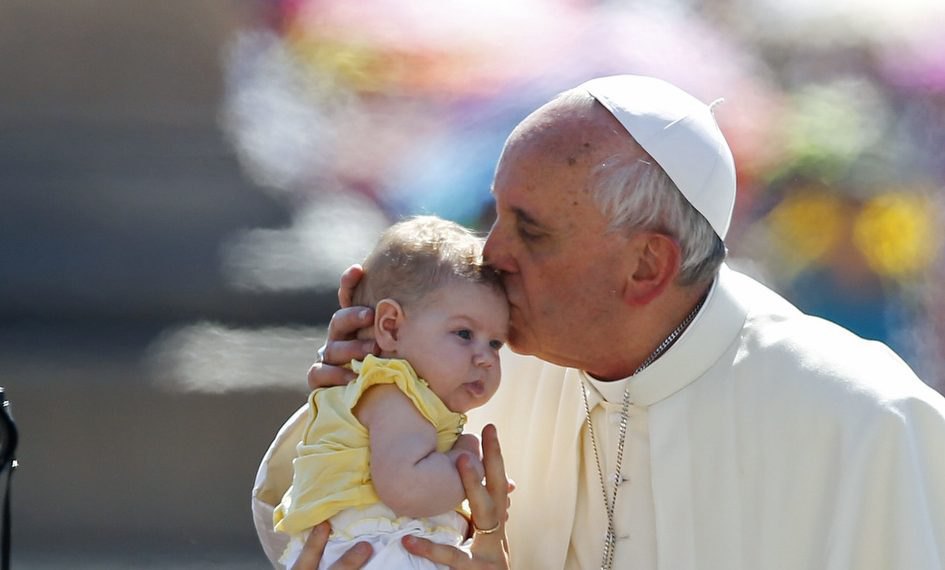
Controversy often followed his candid remarks – especially on same-sex blessings, which some misinterpreted as approval of same-sex marriage. Later, the idea that gay men could be priests caused further uproar. The Vatican had to clarify his intentions. Nonetheless, Francis condemned laws criminalising homosexuality. “Being homosexual is not a crime,” he said.
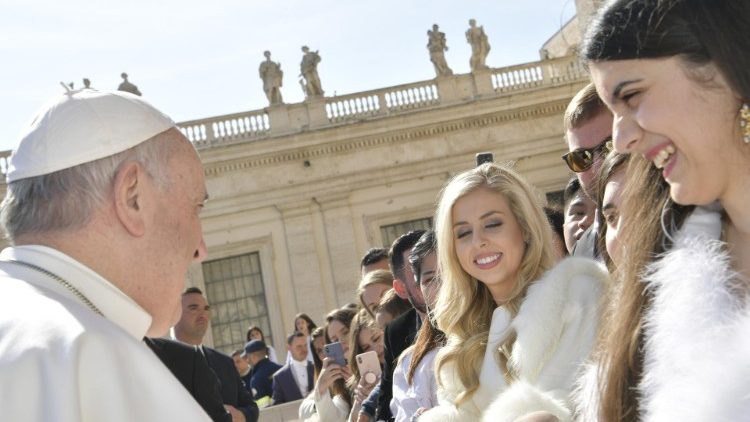
“Make no mistake, the Pope is with the Ukrainian people”
On the afternoon of 25 February 2022, the day after Russia’s full-scale invasion of Ukraine, Pope Francis arrived at the Russian embassy to the Holy See – an unprecedented act. He sought clarity on the invasion and expressed his concern.
Ukraine’s ambassador to the Vatican, Andriy Yurash, remarked on the historical nature of the visit: popes never visit foreign embassies.
Later, the Pope revealed he had offered to meet Putin personally. Instead, he received a formal letter from Russian Foreign Minister Sergey Lavrov, dismissing the offer.

Francis called Patriarch Kirill of Moscow to urge him to help end the war. But Kirill tried to convince him that Russia’s actions were justified. Francis cancelled a scheduled meeting with Kirill, remarking, “The patriarch cannot be Putin’s altar boy.”
In a later interview, he suggested NATO’s “barking at Russia’s door” may have provoked the invasion – a comment that angered many Ukrainians. So did his subsequent remarks about “raising a white flag” and about Ukrainians and Russians being “cousins.” During a Way of the Cross service, he invited “representatives of the two nations” to embrace – a gesture many Ukrainians found offensive.

In September 2023, Ukrainian Greek Catholic bishops met the Pope to express how his words and actions had hurt Ukrainians. “We conveyed everything our faithful in Ukraine and abroad asked us to say,” said UGCC head His Beatitude Svyatoslav. Francis listened and responded: “I am with the Ukrainian people.” He showed them an icon of the Virgin Mary gifted to him years earlier by Svyatoslav in Argentina. “I pray before her for Ukraine every day,” he said.
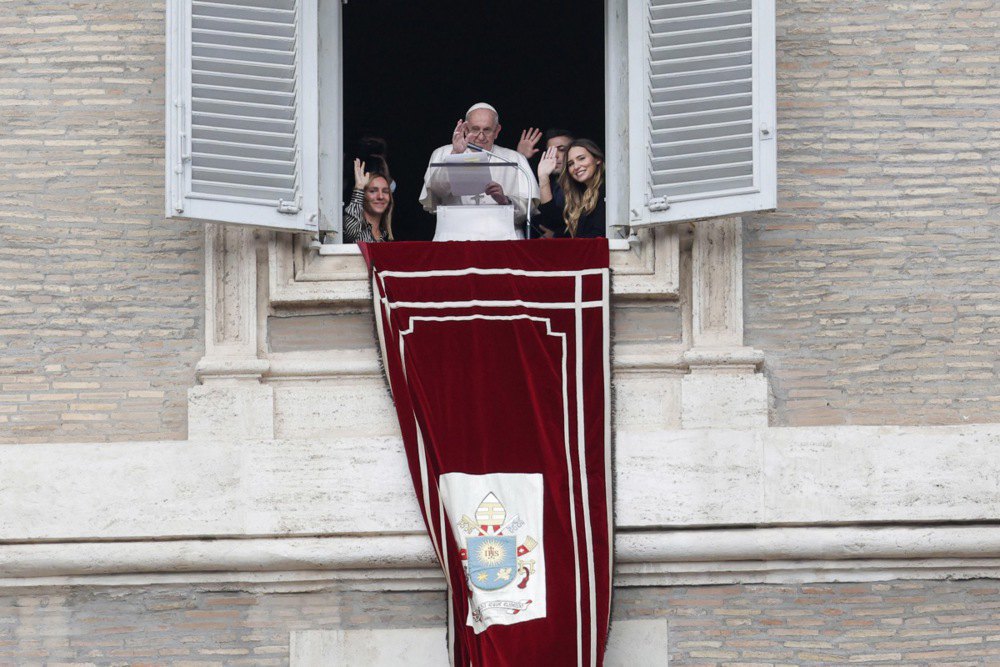
“Forgive me for not being able to do more for Ukraine”
On 8 December 2022, while praying before the statue of the Immaculate Virgin Mary in Spanish Square, Pope Francis broke down in tears as he spoke of Ukraine’s suffering. The crowd fell silent as he wept.
Since 2014, Francis had consistently prayed for Ukraine. He mentioned it regularly during his weekly Angelus prayers and his Urbi et Orbi messages.
Numerous Ukrainian delegations met with him: soldiers, refugees, orphans, the wives of captured Azov defenders, and children injured in Russian attacks. He visited refugee children being treated at the Vatican’s Bambino Gesù Hospital.
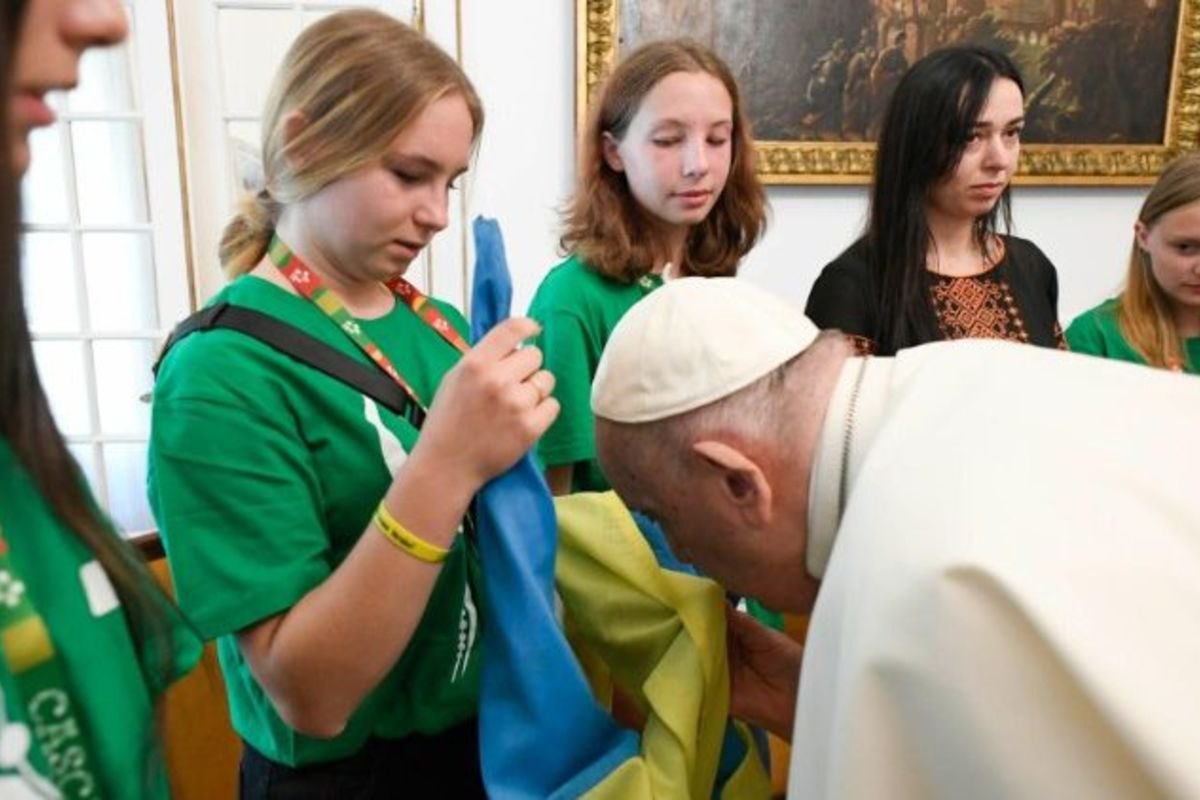
He welcomed President Zelenskyy and the First Lady. Zelenskyy gifted him a painting, The Bucha Massacre: The Story of Marichka, and reminded him of Russia’s atrocities. The Pope had already received other symbols of Ukrainian suffering: a mine fragment, the rosaries of imprisoned priests, a scorched icon of Christ, and lists of abducted children and prisoners. He spoke to the Russians about releasing them.
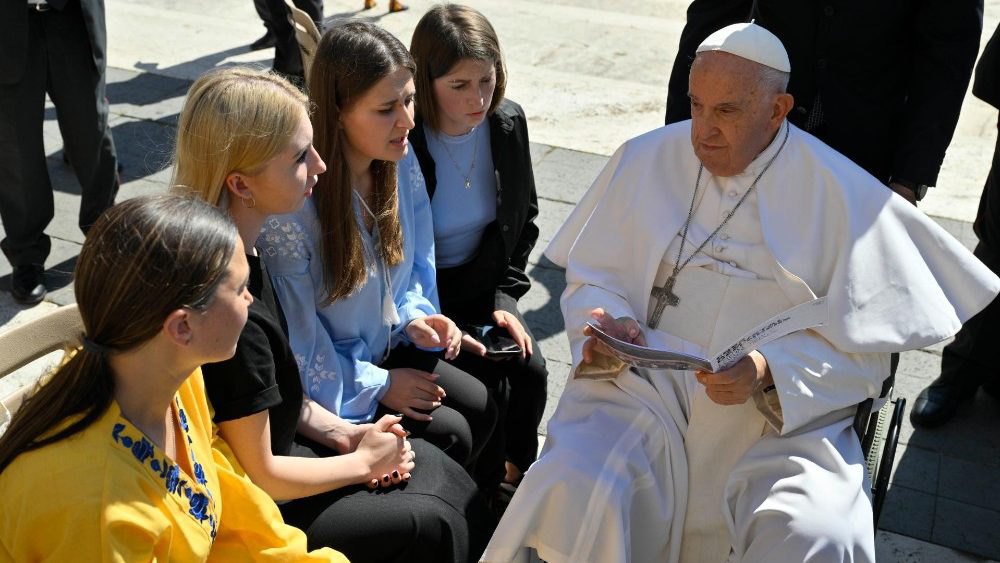
Though Francis never visited Ukraine, he sent Cardinal Krajewski nearly ten times to deliver aid and witness the aftermath of Russian war crimes. Nor did he manage to visit Russia, though he wanted to personally persuade Putin to stop the war. Instead, he sent Cardinal Matteo Zuppi to Moscow to advocate for Ukrainian prisoners and abducted children.
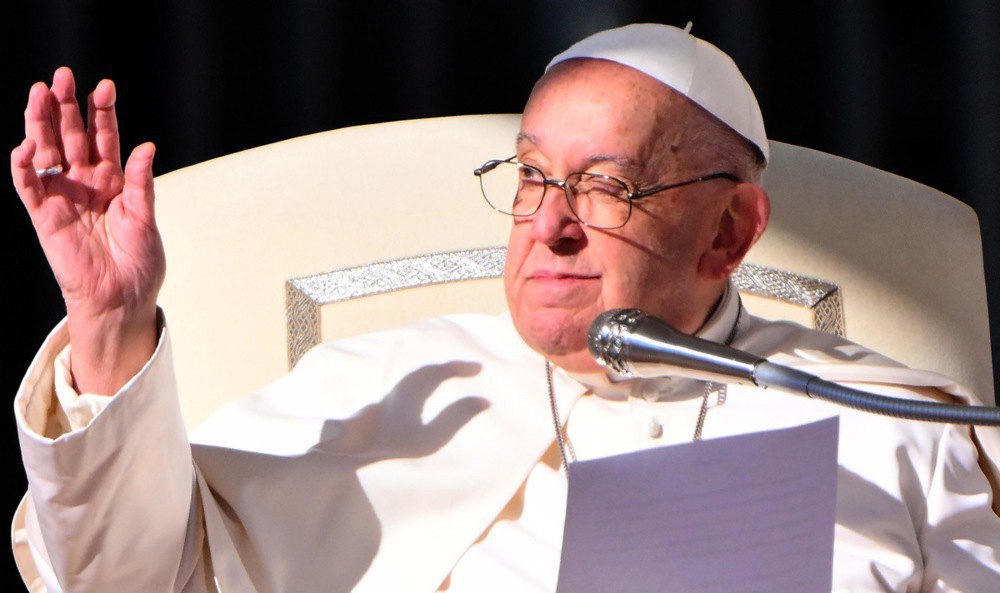
In his final days at the Agostino Gemelli Hospital, the Pope once again called on the world to pray for Ukraine. Perhaps no world leader reminded humanity of Ukraine’s suffering as often or as sincerely as Pope Francis. He made mistakes. He sometimes misunderstood. But he was never indifferent.
In the second year of the full-scale war, a group of Ukrainian youth visited him. They shared their stories of loss and devastation. The Pope listened, kissed a Ukrainian flag, and prayed with them. Before they left, he said:
“Forgive me for not being able to do more for Ukraine.”
And we believe those children forgave him.
